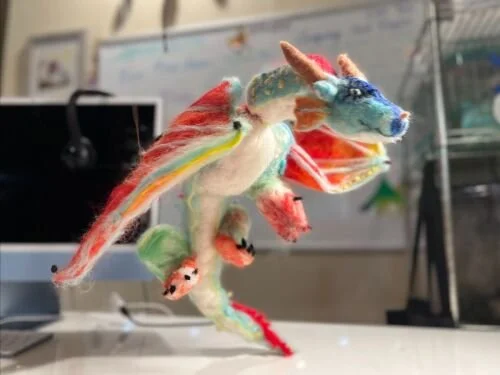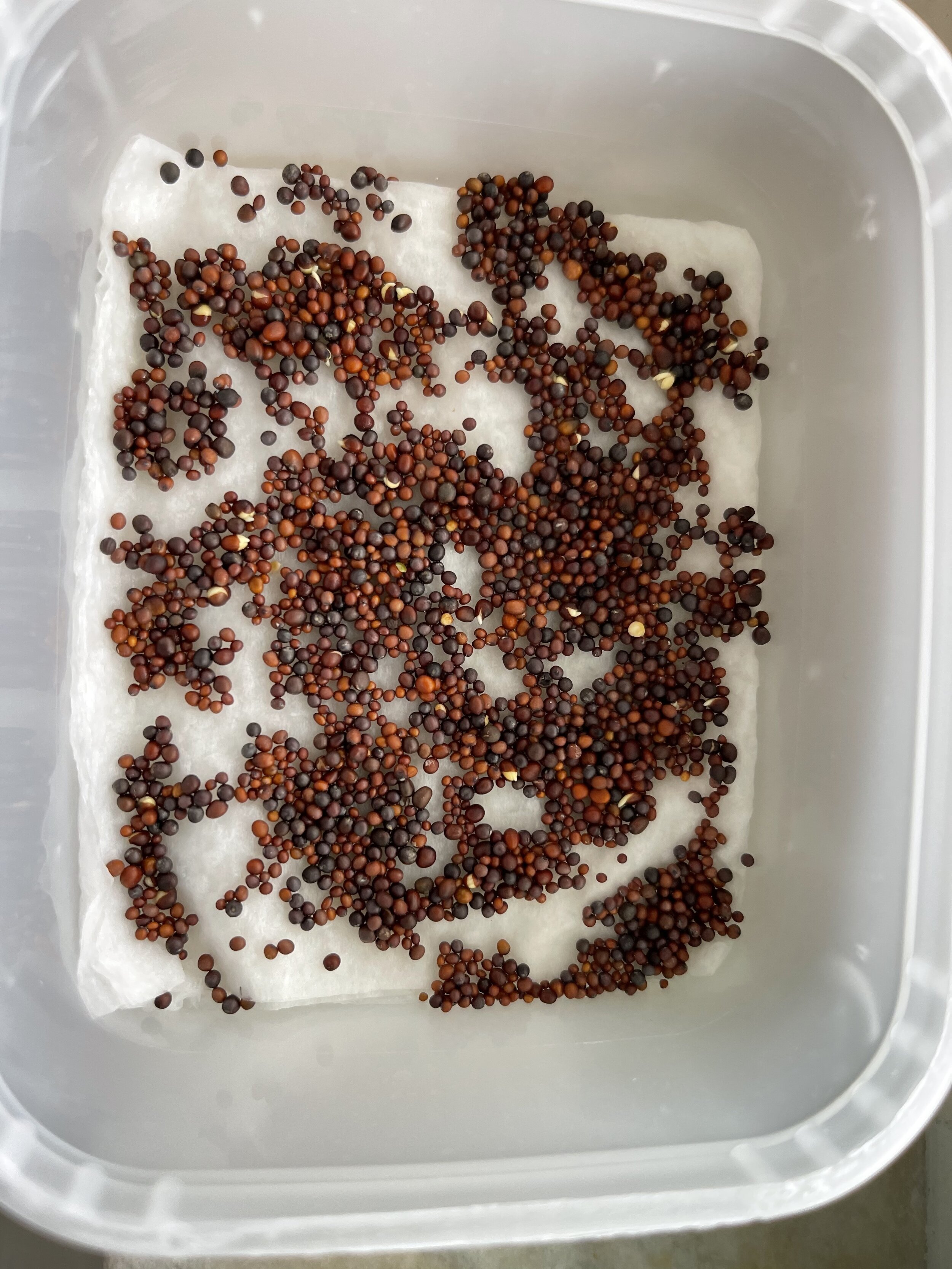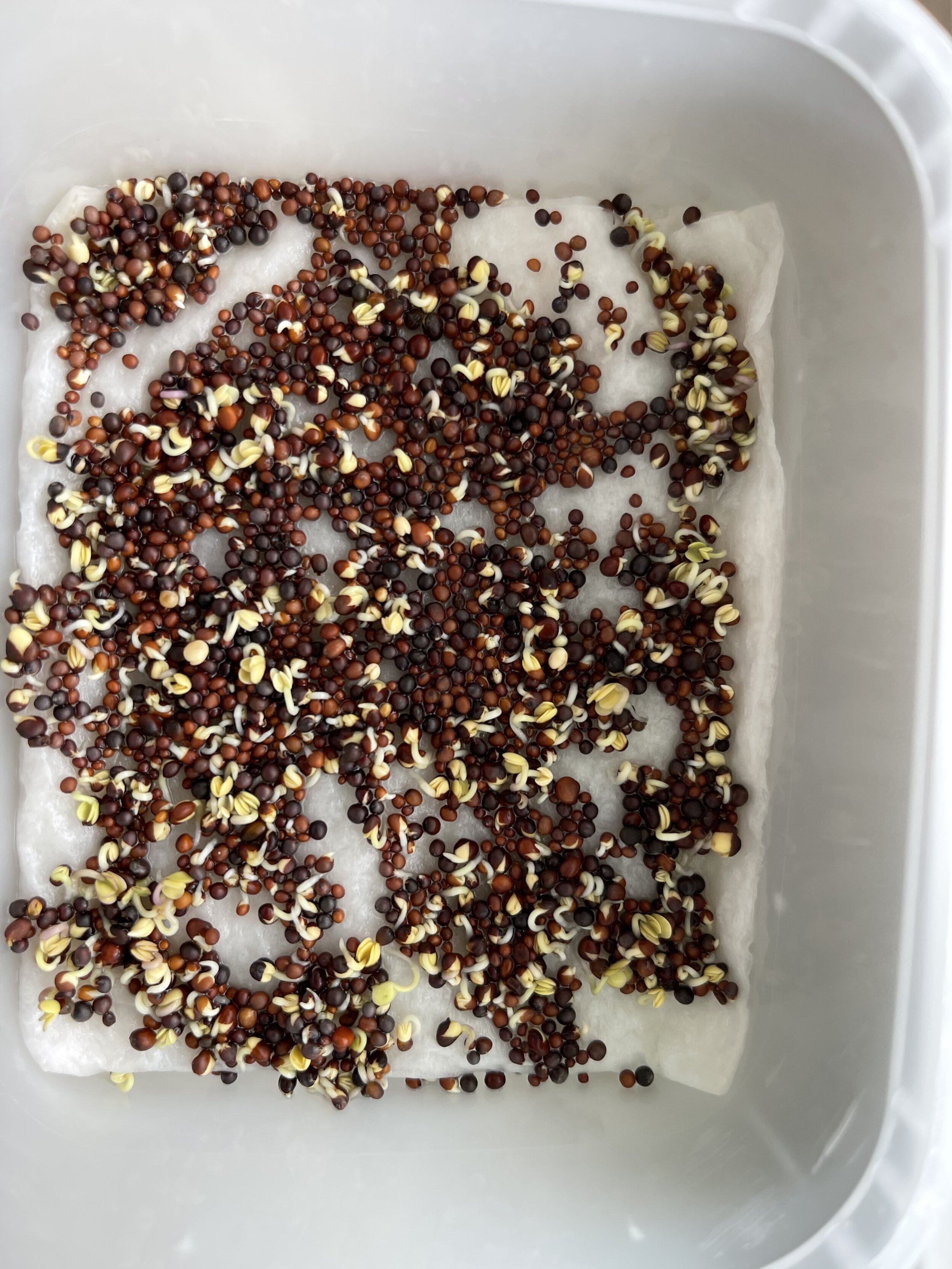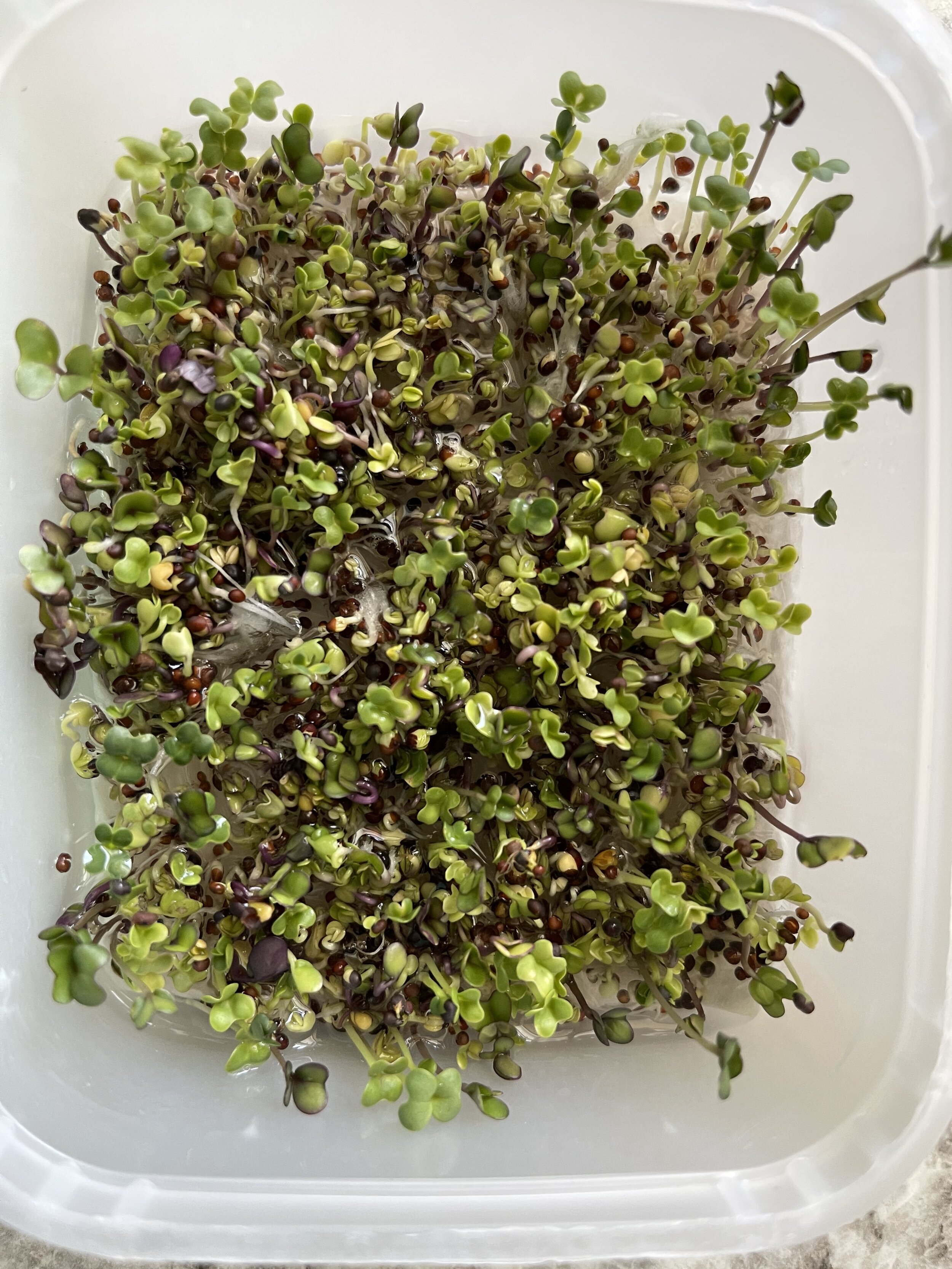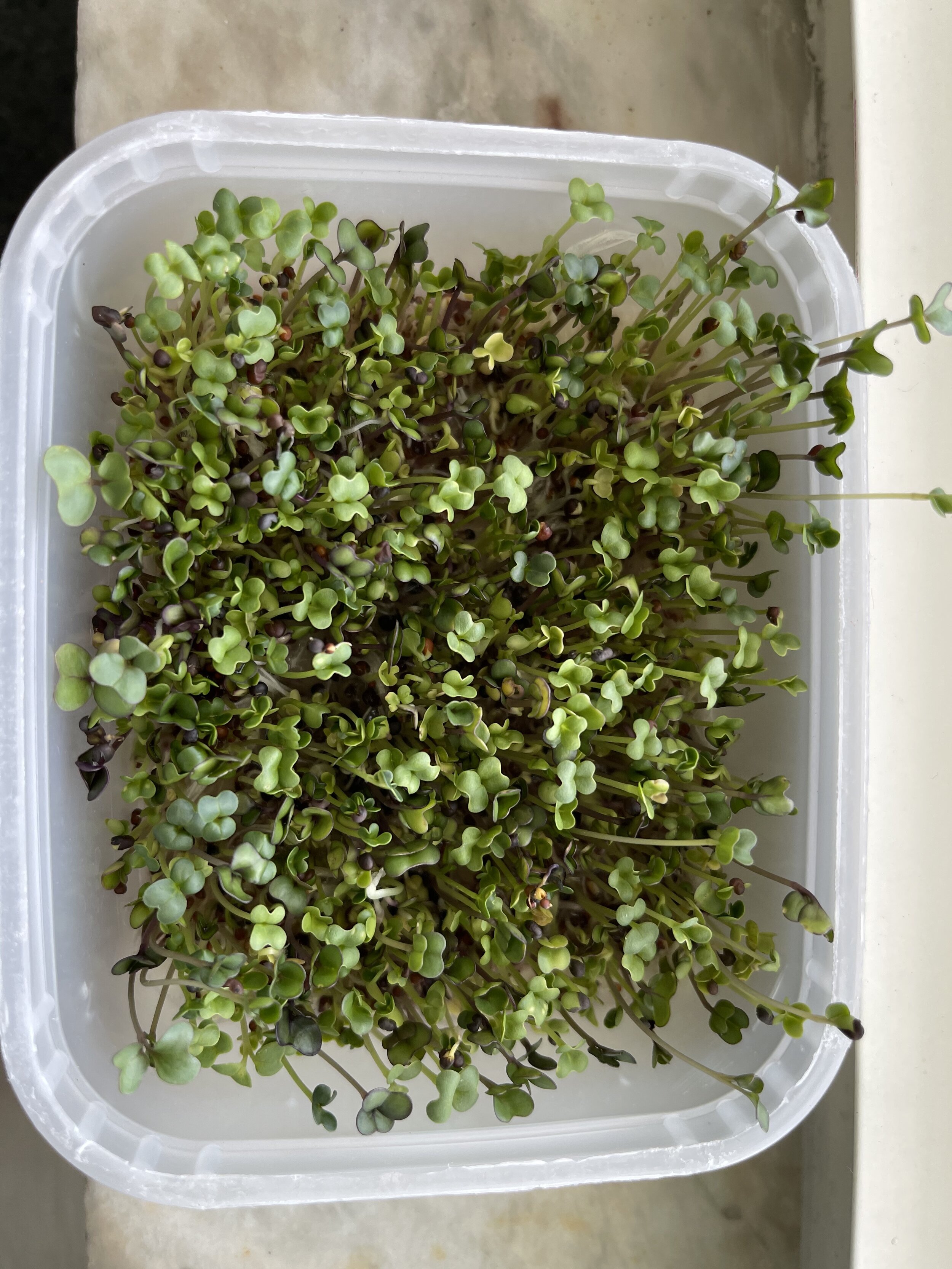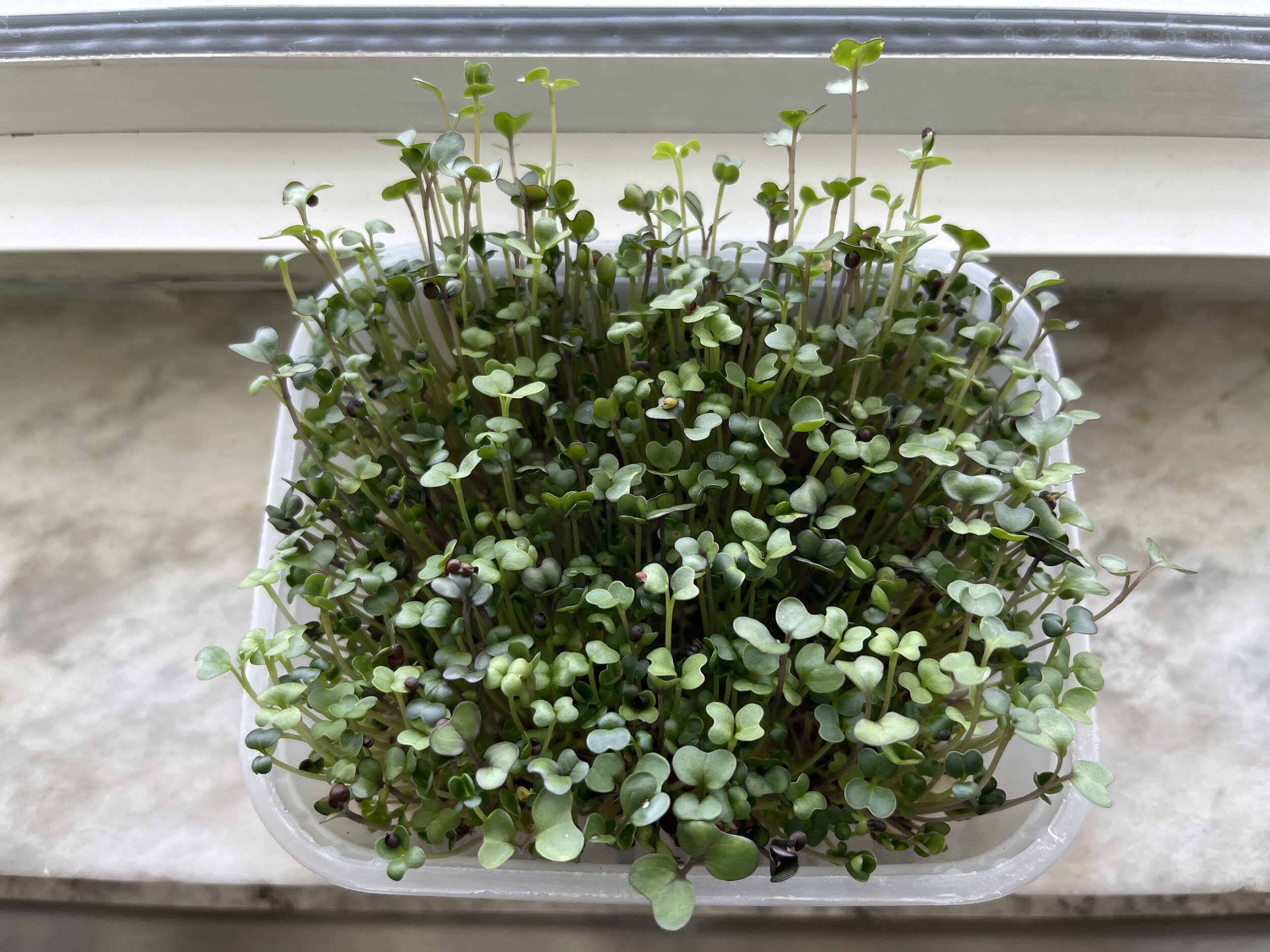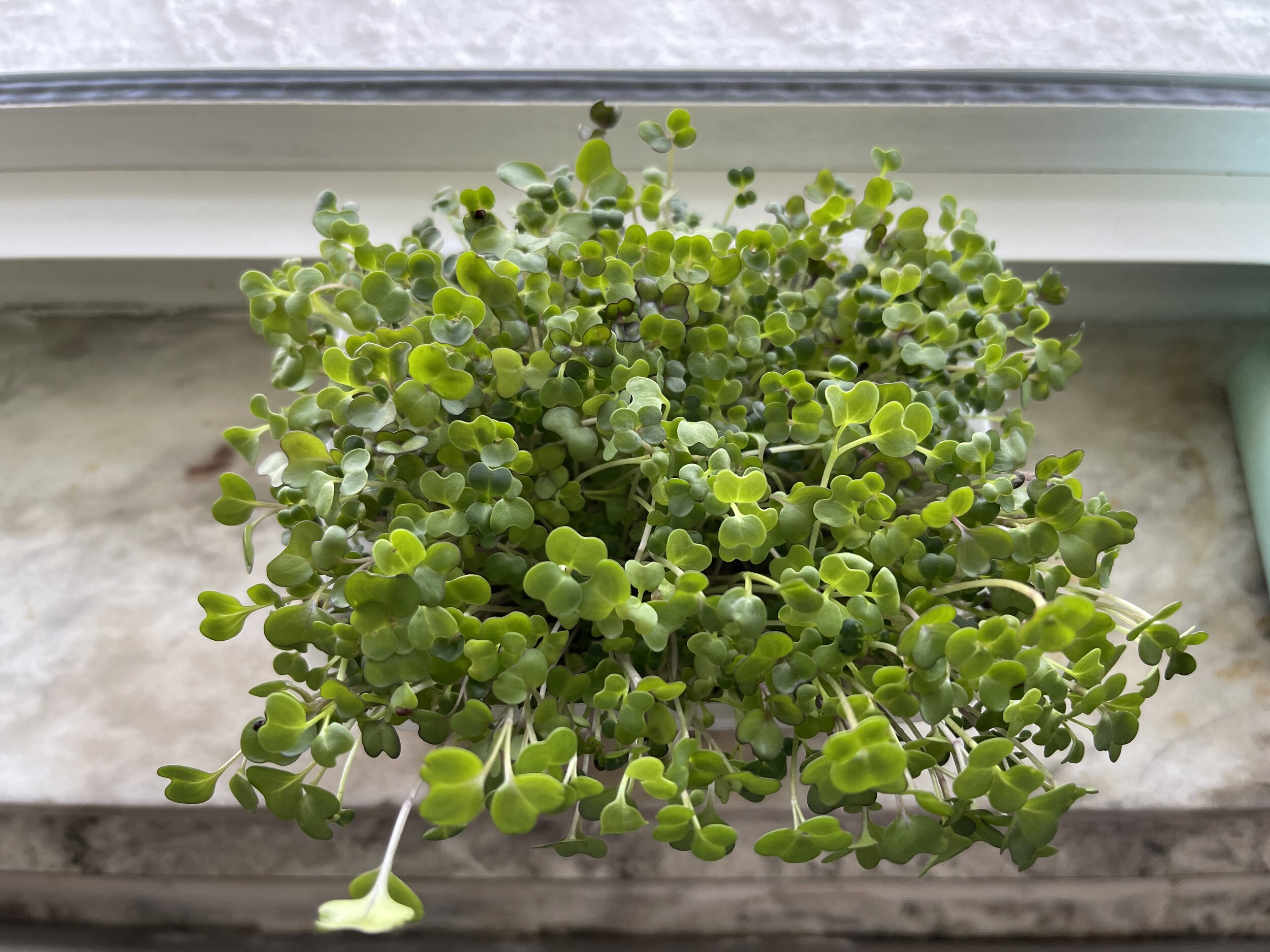by Sarah Barrett
In The Foundations of Human Experience, Lecture 10, Rudolf Steiner challenges us to move away from a shallow understanding of education that, according to him, views the child as a small animal that we must help to grow a little further than nature has already done. A shallow understanding of education centers on checking boxes like spell these words, compute these math problems, hold the pencil correctly, or sing a song.
Steiner tells us that education goes much deeper than this, and that each child is instead a center of the great cosmos, where each action has a butterfly effect that extends out to the entire cosmos, “and when I do my work with every one of these growing children, I do something that has meaning for the entire universe.” For we are not training an animal to survive; we are calling forth an innate wisdom and creative being who is impacting the world with his or her presence.
And in the process, we are trying to remove all obstacles from the path so the child is not stunted by trauma, fear, insecurities, false beliefs, or a number of other things that could get in the way.
How many times have we compared our child’s reading level to their peers or worried about whether the multiplication facts are memorized? How many times have we become frustrated that they are still forgetting commas or capital letters, or even felt proud that they exceeded the “standards” in some way? Steiner would refer to these as materialistic checkboxes, not true education. Of course, it is still important that a child knows how to do all these things to be successful in life, but we must not lose sight of what is most important when it comes to learning.
In Lecture 10, Steiner says that teachers stay in the material plane until they gain this awareness – this awareness that the child has purpose in the great cosmos and will affect it every day. And in that moment that the teacher gains this awareness, “sub-earthly bonds” are formed between the teacher and the child. What a magnificent image.
There’s a saying that goes something like, “When you look for the Buddha in others, the Buddha comes forward.” When we, as parents and teachers, have faith in the impact the child has on the cosmos, the child then becomes aware of it themselves. Oh, the beauty! As Waldorf homeschoolers, we must strive to view our children in this way so they can live in confidence with a strong sense of self and worth and purpose.
What, then, does education look like when we take on this new perspective? Steiner summed it up for us at the end of Lecture 14 when he calls us to:
“Enliven Imagination. Stand for Truth. Feel Responsibility.”
These three instructions feel right when it comes to teaching kids –certainly meaningful and worth pondering as we prepare to teach them.
Steiner says the sub-earthly bonds can be felt by the teacher and he encourages the teacher to live into the feelings so that the curriculum is developed as art-form based on the students in front of you. What do they need? What brings them alive in the moment of a lesson?
For me, storytelling is a big way for me to feel these mysterious connections with my children and my students. Being fully present with them in the moment of a story imparts so much unspoken wisdom. There’s no other way to put it into words other than you can just feel it. I’ve heard the connection described as an imaginary beam of lift that is moving in the shape of an infinity symbol between your heart and the child’s heart. The Waldorf curriculum gives us story after rich story to use throughout the grades. Stories from your own life are conduits for connection too.
The role of parent and teacher comes with a lot of responsibility when education is viewed in the way Steiner challenges us to view it. This is why our inner work or spiritual practice is so important. The universe is counting on us!



